Keep me warm on a cold night

Love love love the video for this, and the voices, and the dancing.
HONNE – Warm on a Cold Night
Baby Please EP (2014)
The online space of Caroline Bach

Love love love the video for this, and the voices, and the dancing.
HONNE – Warm on a Cold Night
Baby Please EP (2014)
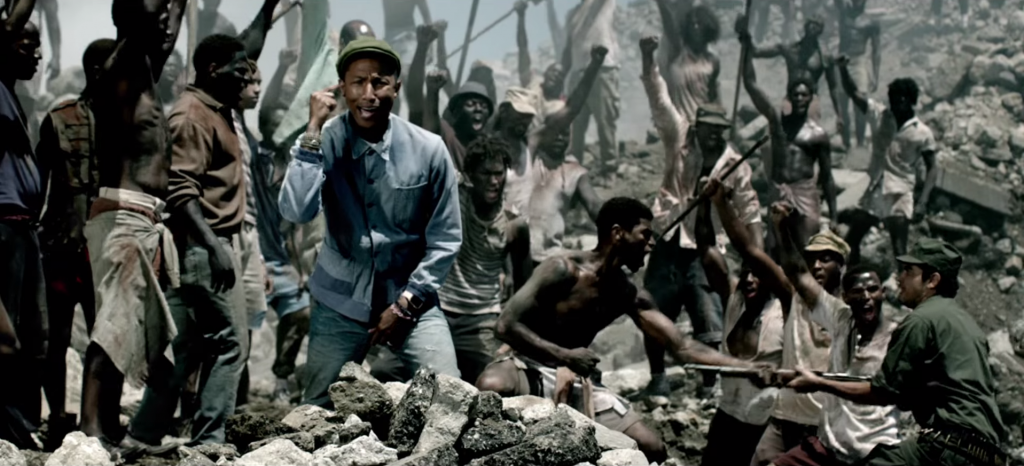
Pharrell just dropped a tune rocking a very important message, an beautiful video, and of course his indisputable super talent in lyrics, vocals and dancing. The voice, the man, freedom!
Pharrell Williams – Freedom
Released 22 July 2015
Hold on to me
Don’t let me go
Who cares what they see?
Who cares what they know?
Your first name is Free
Last name is Dom
We choose to believe
In where we’re fromMan’s red flower
It’s in every living thing
Mind, use your power
Spirit, use your wings
Freedom!Hold on to me
Don’t let me go
Cheetahs need to eat
Run antelope
Your first name is King
Last name is Dom
We choose to believe
In everyoneWhen a baby first breathes
When night sees sunrise
When the whale hides in the sea
When men recognize us
Freedom!
Freedom!
Freedom
Breathe inWe are from heat
Electric wonder
Does it shock you to see
He left us the sun?
Atoms in the air
Organisms in the sea
The sun and, yes, man
Are made of the same things
A story I wrote about an NGO that UNICEF Belize works with in the south of the country has been chosen as the July highlight for the European Year of Development 2015 and translated into 23 languages! I’m very glad that the little country of Belize and the work that this great NGO is doing are getting more exposure internationally.
To read about the lives of young girls in Dangriga and the work of POWA in English or other languages, click here: https://europa.eu/eyd2015/en/european-union/stories/week-29-empowering-one-girl-time-belize
“The men approach us with little suggestions at first. A beer, a lunch for letting them hold our hands or maybe even touch a breast… Then they take out the big guns – they offer to pay your school fees, pay your mother’s rent, take care of the house bills… It’s really not easy to say no when you are in our situation.”
Read the full story, in English, below:
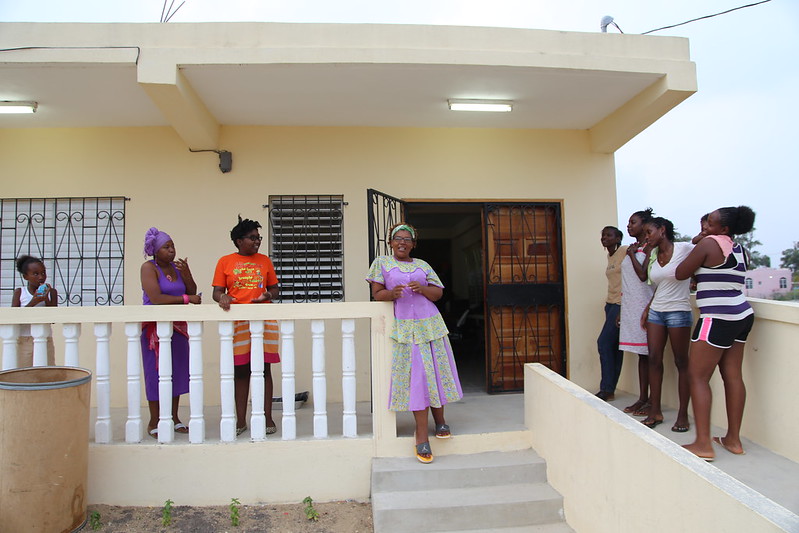
Dangriga looks like the cover of a travel magazine. A tropical paradise in southern Belize, a place to relax under the sun and enjoy the palm trees and turquoise waters. What onlookers may not know is that it is also the district with the highest rates of teenage pregnancies in the country, HIV prevalence higher than anywhere else in Central America, and a place where violence and poverty are an ever-present reality.
A group of teenage girls and women gather in the main room of a small one story building and place their chairs in a ring to prepare for a POWA session. POWA is short for Productive Organization for Women in Action and has been active in Dangriga since 2003.
“Being a woman in this community is not the easiest task,” India, 19, shares. “We are the main targets here and you will often see older men prey on younger and vulnerable girls”
Sitting next to her, Kenima, is only 15 years old but has already been a target. “The men approach us with little suggestions at first. A beer, a lunch for letting them hold our hands or maybe even touch a breast… Then they take out the big guns – they offer to pay your school fees, pay your mother’s rent, take care of the house bills… It’s really not easy to say no when you are in our situation.”
Young girls in Dangriga find themselves lost in a system where they aren’t expected to have ambitions to ever provide for themselves, and where their own mothers feel that they have no other choice than to encourage them to accept these offers to save the family and put food on the table. The high HIV prevalence in Belize confirms this reality, as rates are highest among young girls and old men, many of whom unknowingly keep spreading the virus. Teenage pregnancies are the main reason for school dropouts, and sexual abuse is one of those things everybody knows about but too few dare to report.
Michele Irving, the coordinator for POWA, explains, “We work on the self-esteem of girls, on keeping them in school, teaching them about safety and trying to keep them away from dangers. We target girls at risk and we try to support them with school stipends and giving them practical skills that they can use to secure their own income and become economically independent. All of this to keep them away from falling victims to this horrendous abuse of power.”
POWA’s initiatives have been supported by UNICEF and the European Union since 2006. Under the leadership of Michele Irving, POWA runs after-school programmes for vulnerable children, literacy and school completion programmes for women, an HIV prevention and stigma and discrimination reduction programme, and conducts extensive work on empowerment of women and girls.
“Rather than thinking that you have all the answers to people’s problems, you create a space where people can create trust to transform their own realities,” Michele explains. Sexual abuse is so commonplace that mothers, most of whom have probably gone through the same situations, often choose to not see it. “They will tell you to forget it and never mention it again,” one of the girls whispers.
“But now, when the male teacher in class says something nasty in our ear, or when men try to touch us, we scream, we say no, we report,” Kenima shares with a confident voice. “Nobody can tell me that it is ok.”
Michele continues, “my passion comes from seeing lives transformed. I know I can’t save the world, but I can save one, two, three of these girls and help by making one day at a time better, by giving them the capacities to change their own lives.”
In fact, by changing the girls’ lives, Michele and the POWA programme do much more. They break the law of silence, change the power dynamics and create role models for other girls to follow, allowing them to grow to be concerned, protective and empowered women.
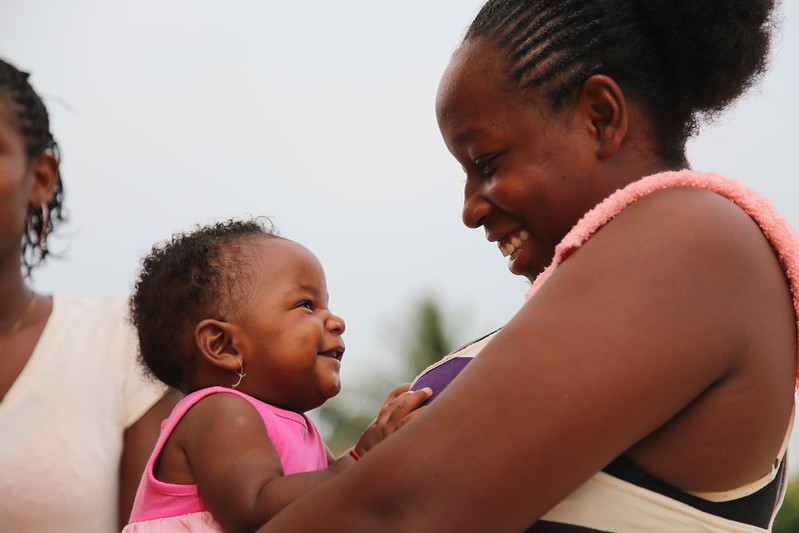
Photo credit: © UNICEF/Belize/2014/Caroline Bach
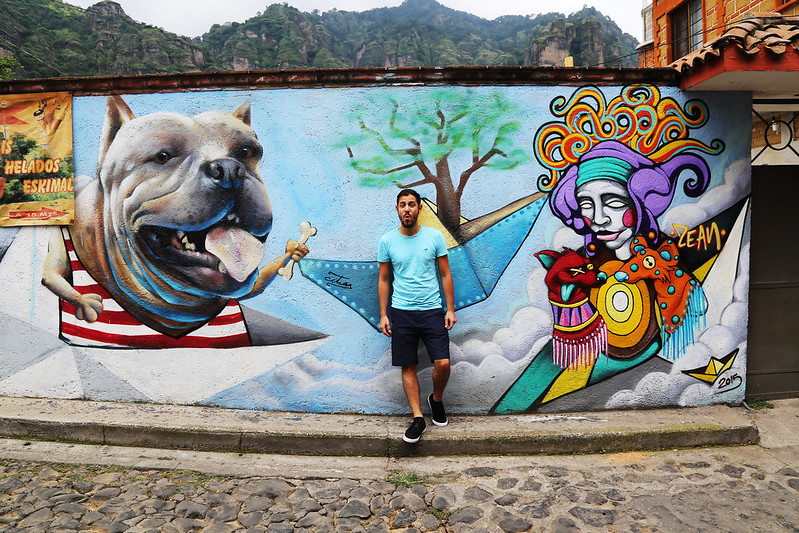
As some of you know, I spent last week in Mexico City. I needed to go for a doctor’s appointment and going to Sweden was going to be way too expensive, so I drove up to the Mexican border town Chetumal after work on Friday, and hopped on a flight to the capital. Adriana picked me up in the airport and we spent the weekend and next couple of days running errands, going to the doc, hanging out, eating sushi, talking about love, shopping, and watching some Mad Men.
During the second part of my stay, I stayed with Chema and his family, who welcomed me to their house as if I were family. I got lots of hugs and it felt like I had been there two weeks ago, not two years!
As I do whenever I get a chance, I asked for a Peruvian restaurant, and was recommended Astrid y Gastón – the world renowned (No.1 in Latin America in the World’s 50 Best Restaurants in 2013) concept that also has restaurants in Lima, Santiago, Buenos Aires and Bogotá. It was an experience, all the way from the attendance of the staff and the little details “would you like lime, cucumber or pineapple in your water?” to, obviously, the food. I love Peruvian food, and this place definitely delivered. Causas, tiraditos, ceviche. All of it. And free valet parking service. That thing always makes you feel a bit special, no?
I had already gotten my cultural shock of the roughness of this huge city last time, and done all the “musts”, so this visit was a bit calmer and less overwhelming. Traffic and pollution was still quite disastrous to spirit and body, but luckily we escaped the city before I started disliking it again. We made our way to Cocoyoc, a bit outside of the city, where Chema’s family has a summer house close to picturesque towns and with a pool and a proper hang-out lounge. So we watched movies, exchanged tunes, danced around, played air-drums to Dirty Loops, made big breakfasts, hung out in the jacuzzi and explored the surroundings.
We came back to Mexico City late on Sunday evening, and managed to squeeze in a last dinner before everything closed down. We ate at Cluny, a Belle Epoque inspired restaurant just next to Chema’s house in San Angel. I had a salmon tartar, Chema had a pepper steak, we both had good red wine, and we paid less than 40€ for the meal! The prices for quality food in this city are really.. wow. And being able to walk around in San Angel by night wrapped up the stay and my vibe of the city really nicely. I urgently needed all of this.
I flew back to Chetumal early early morning on Monday accompanied by a fresh book by the Mexican writer Angeles Mastretta, and once I got back into my car I realized I wouldn’t be able to drive it back all the way to Belize City. I pulled up by the first workshop I saw and I explained the issue I was having (and have been having for months) and the guys immediately knew what the problem was. (I want to point out that 1. It’s a really common issue that it took the mechanics one minute to guess, and 2. I have previously taken the car to three different workshops here in Belize City and they all said something else and charged me for NOT fixing the real problem. Urgh.. Never again.) I had to spend the night in Chetumal while waiting for the car to get fixed and happily passed out in my hotel at 7pm. Next day I worked from my room in the morning, did some grocery shopping, and was on my way back to Belize in the afternoon, Suz shooting off like she had been given new life, full speed, loud music, and myself singing along with the sun setting behind me. It was a great way to close these 10 days of being away.
I’m back in town, folks. Now enjoy the visual part of this story.




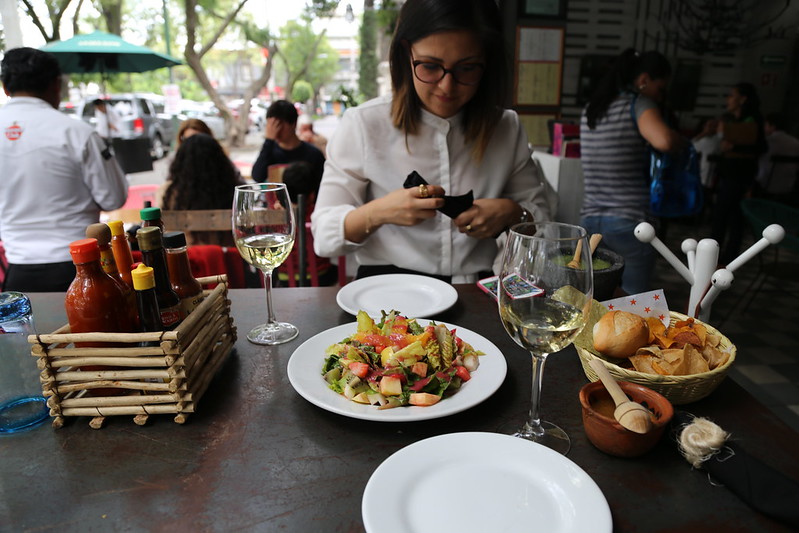


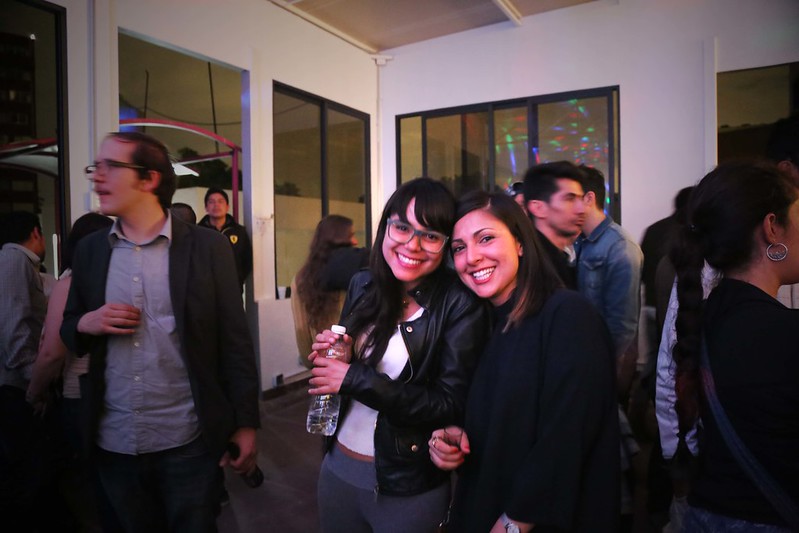
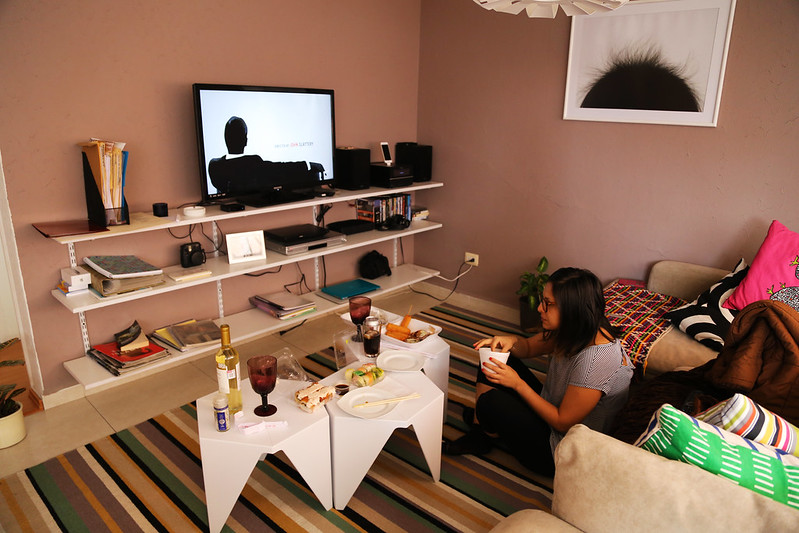





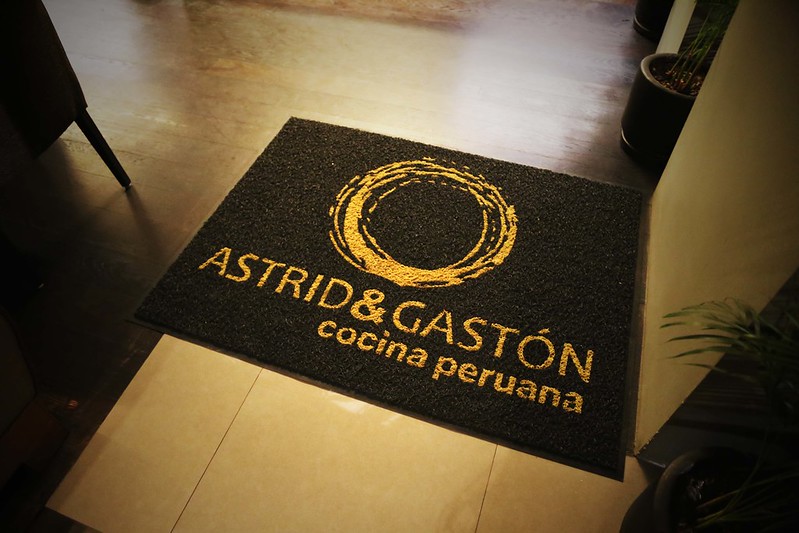




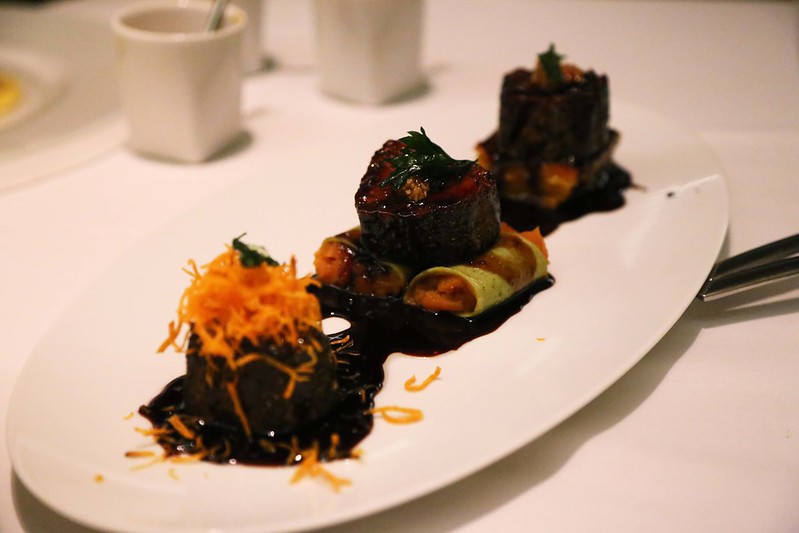
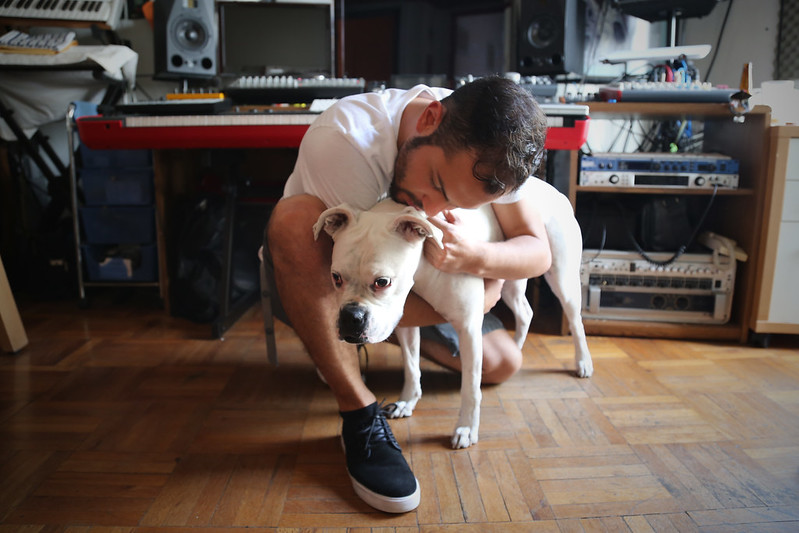

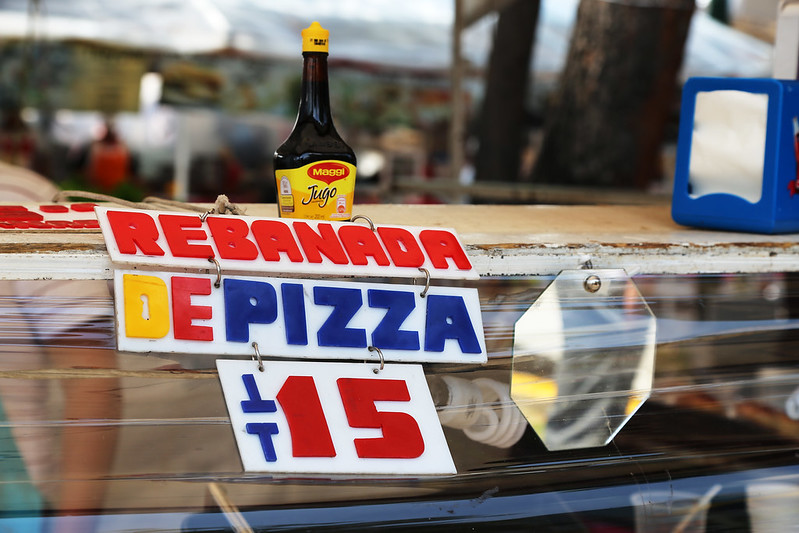
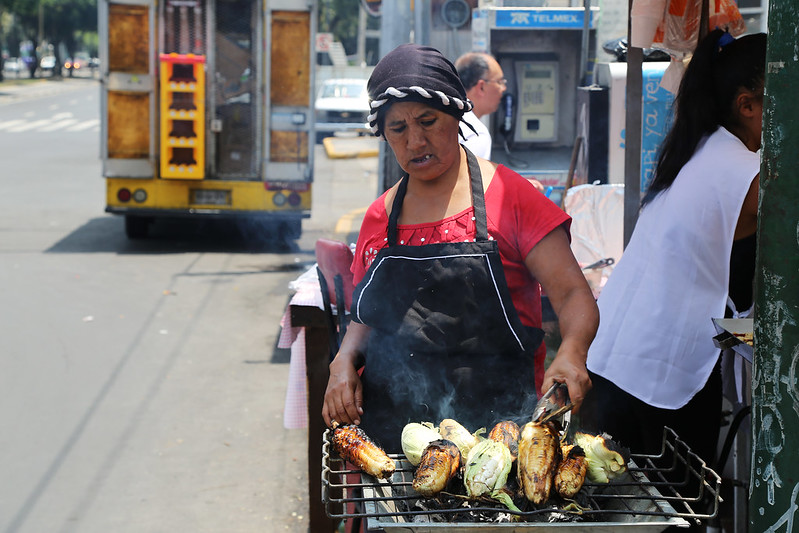


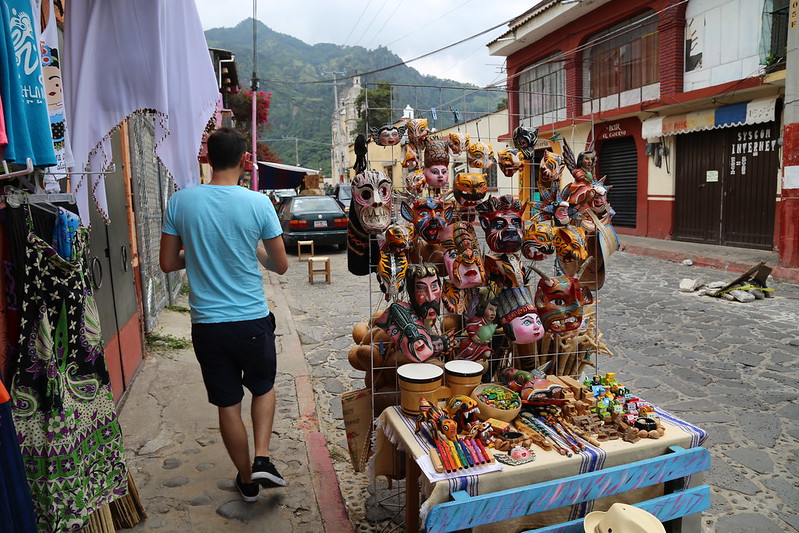

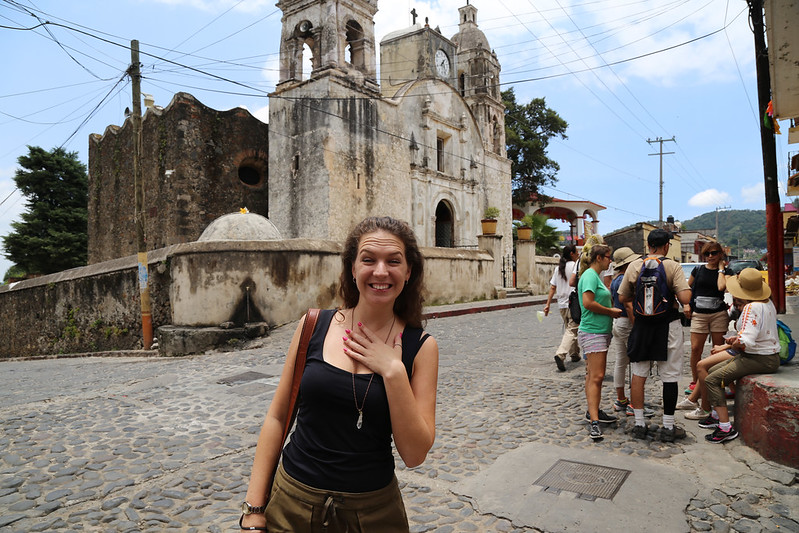
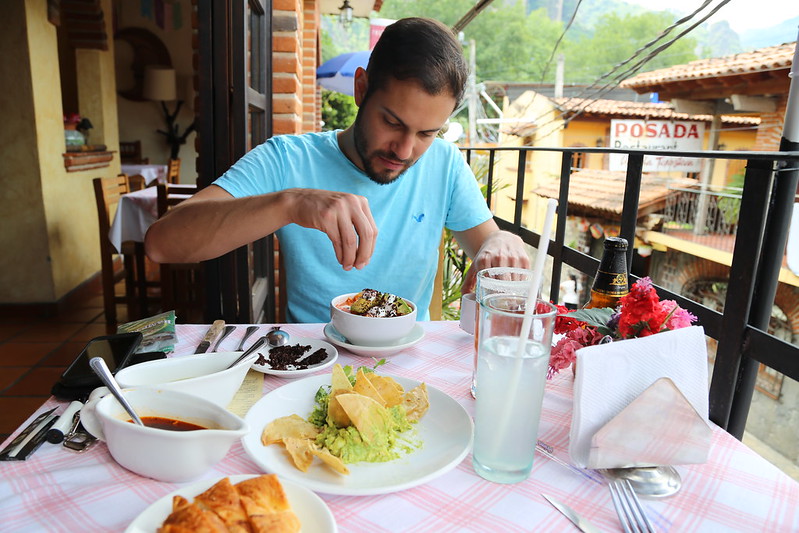
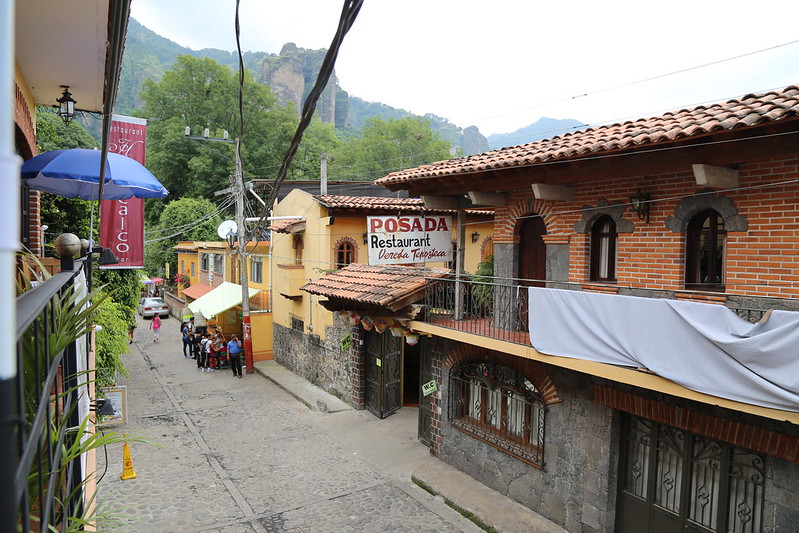
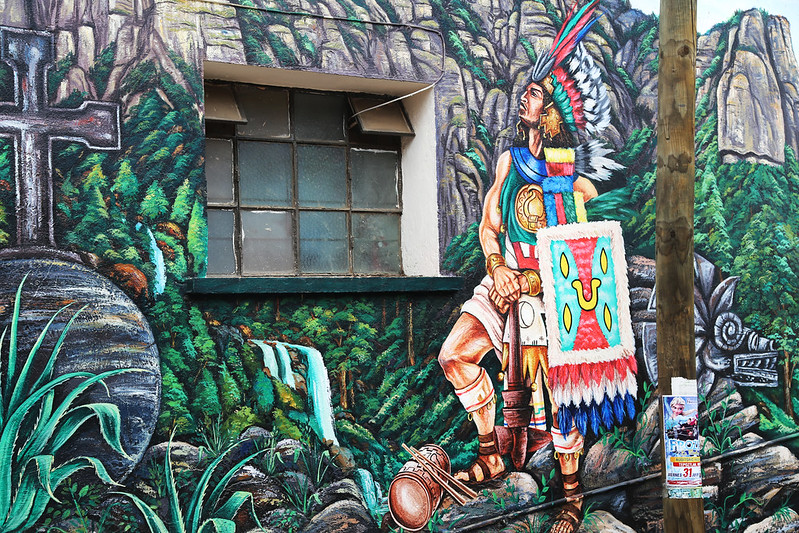

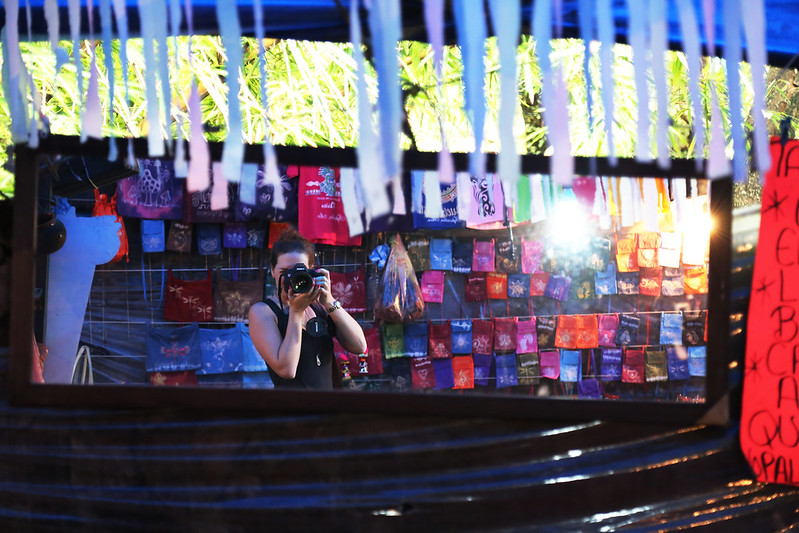
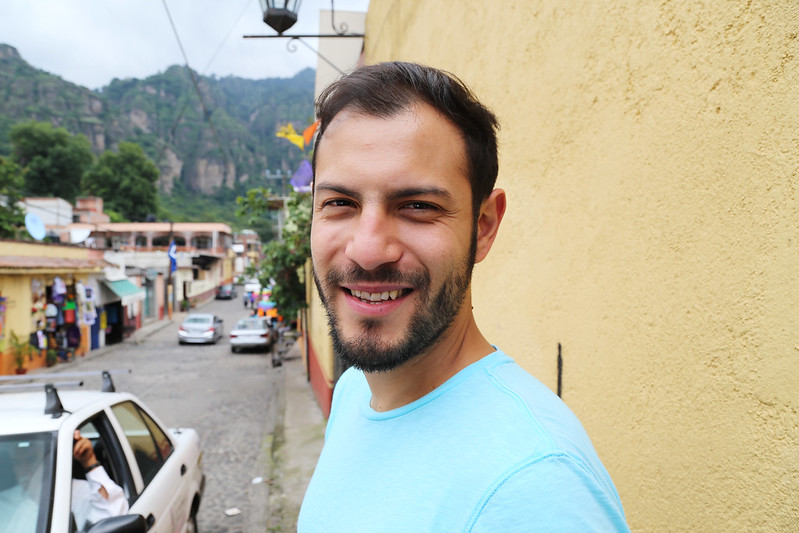
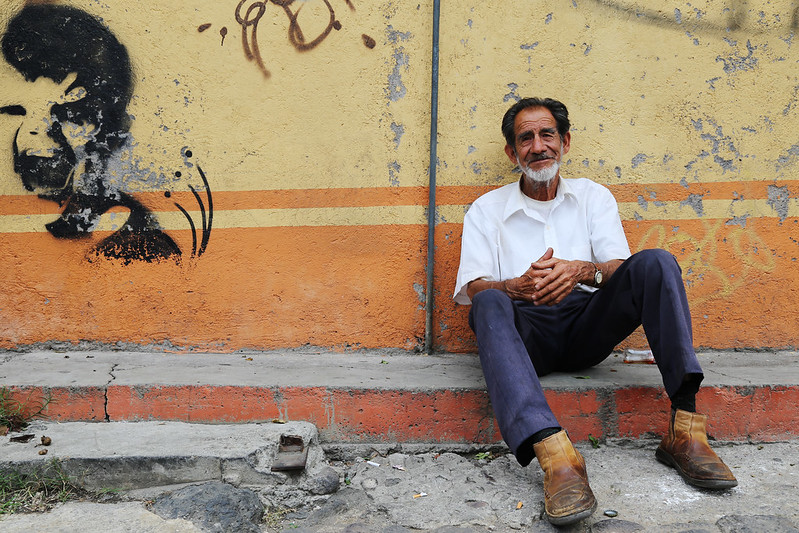
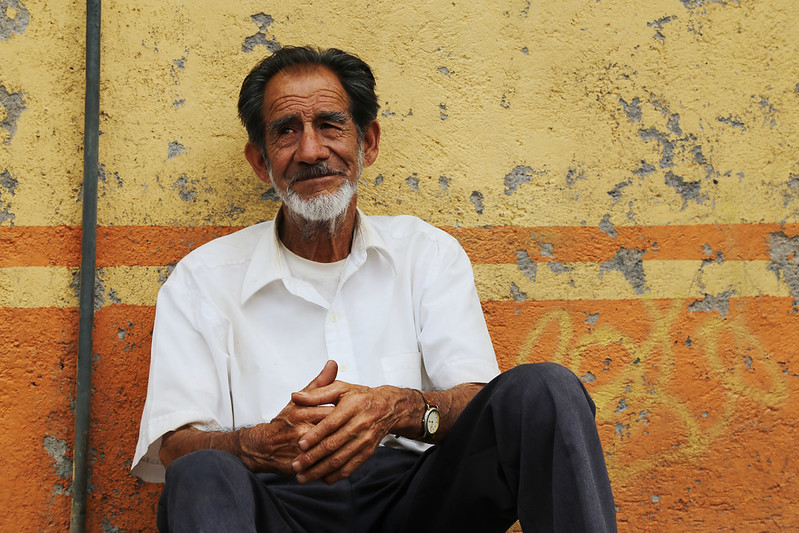
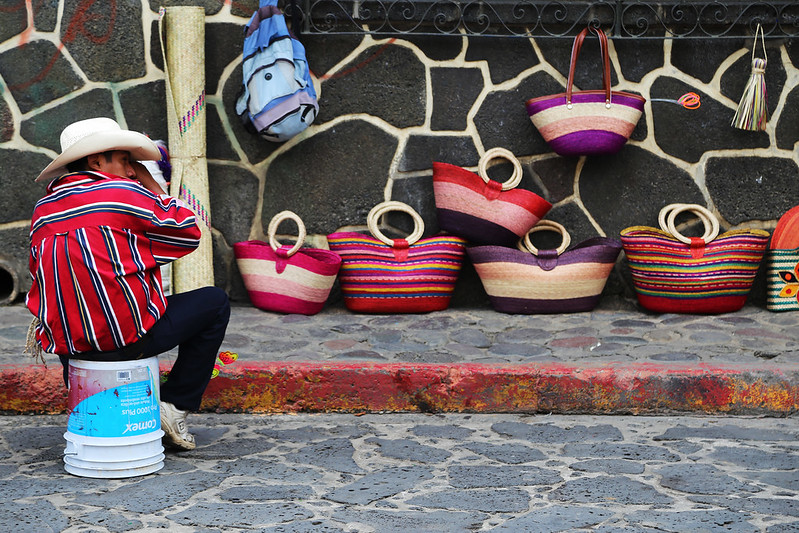

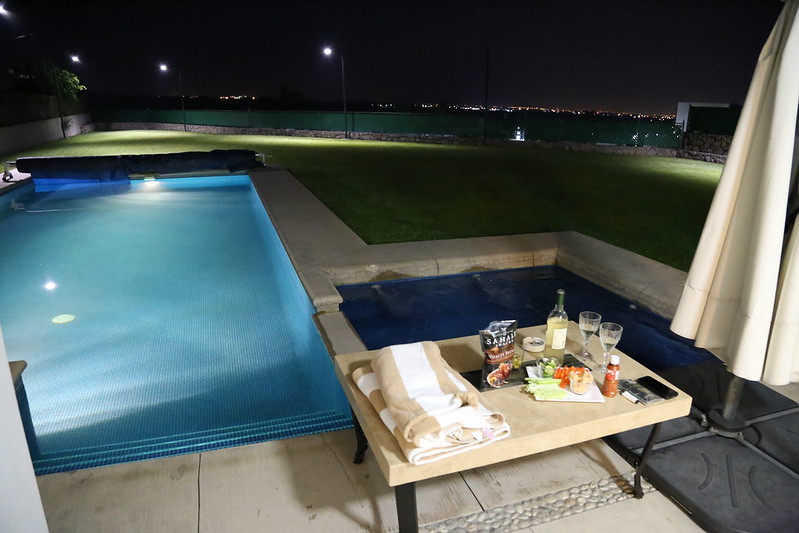

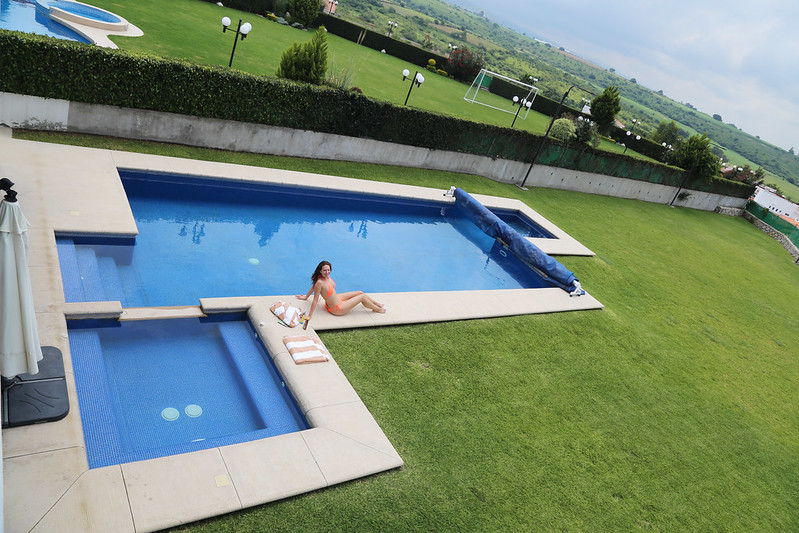

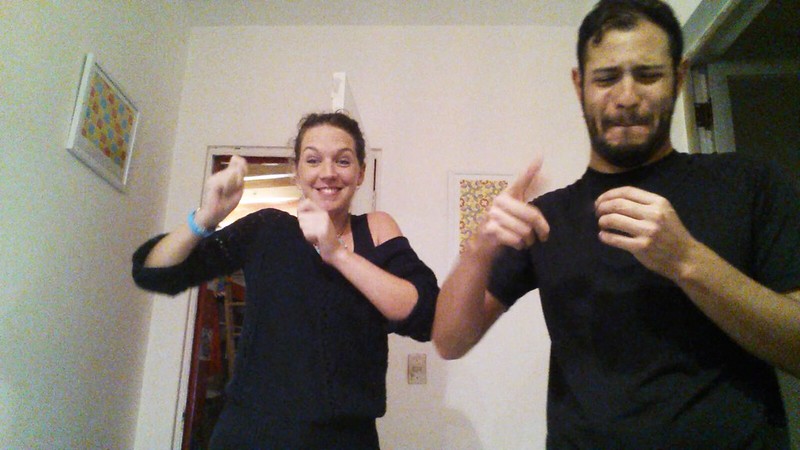
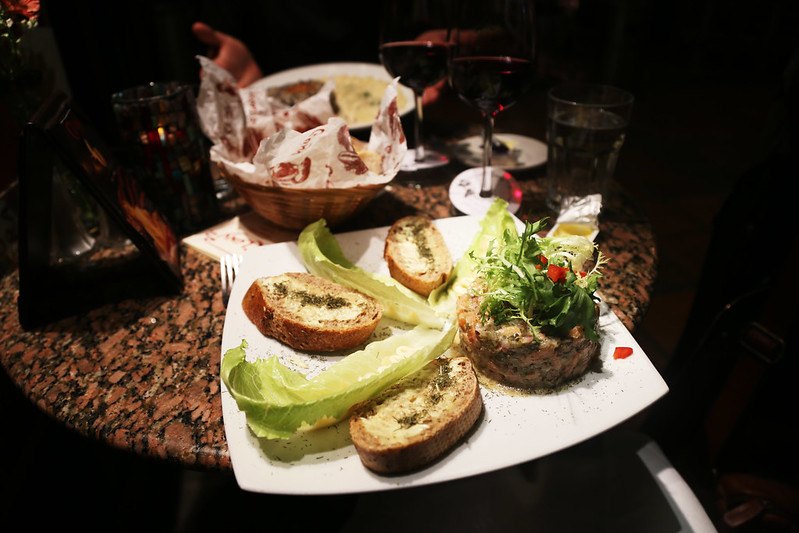
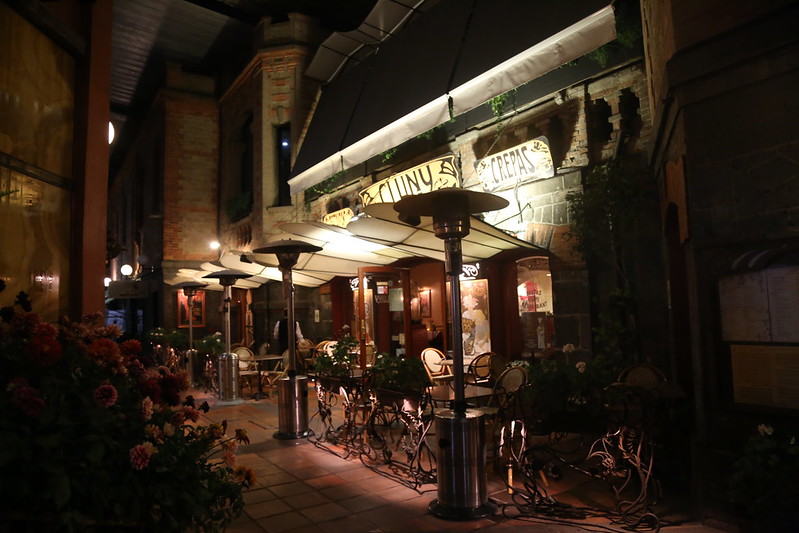




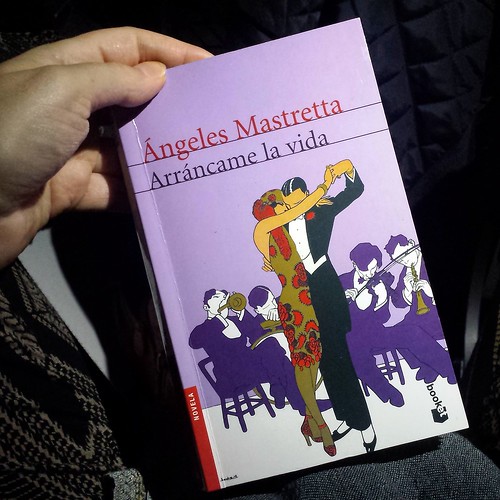

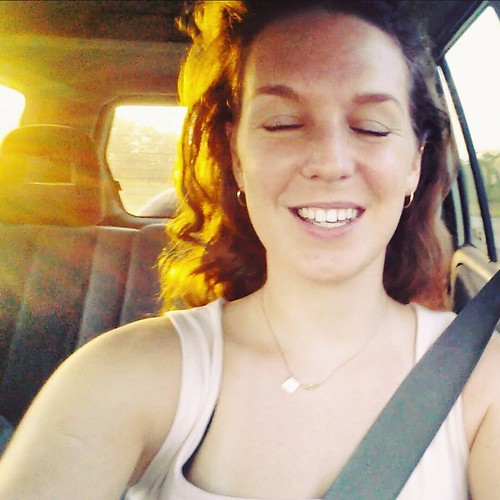
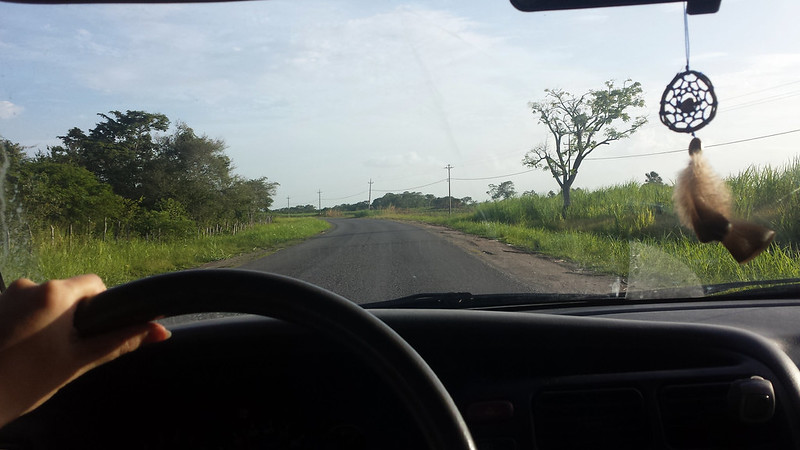
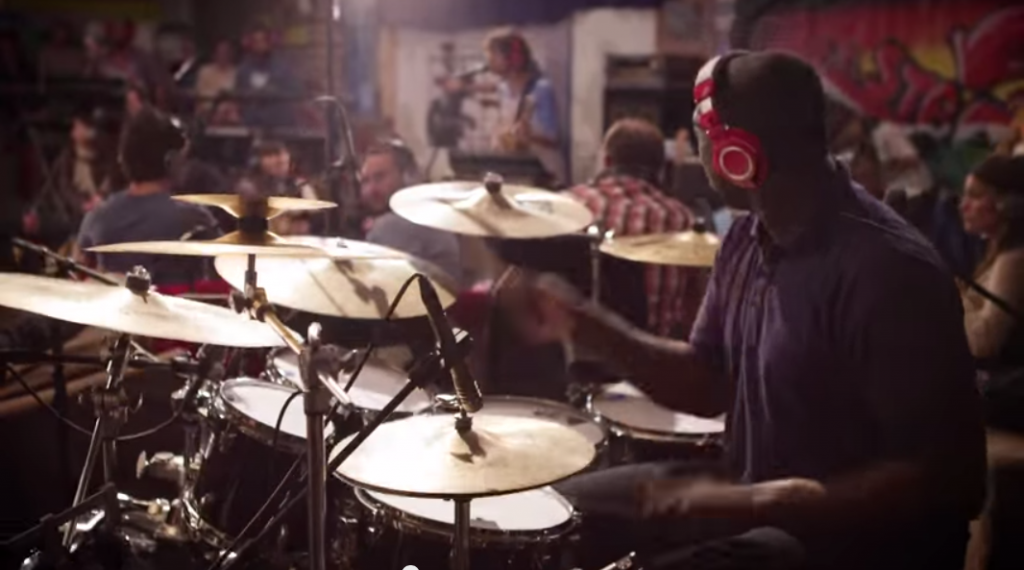
Spending a couple of days with Chema in Mexico was as always a submersion into a world of instruments, beats and musical talent. We like to show each other tunes we think are extraordinary. I gave him Alina Baraz and some other gems, he showed me these crazy geniuses with their drums and voices and quirky solos.
Dirty Loops is a Swedish 3-man band that has been active since 2008. They started out by making really fun interpretations of famous pop songs and released their first album with self composed tunes in 2014. It’s fun, it’s catchy, the drumset guy is a genius, the bass guy is a funny emo and the singer has really cool kick and soul in his voice that reminds me of RnB singers from the early 90’s. Most importantly, they seem to be having the time of their life when playing and you just want to hop in there and dance along.
Snarky Puppy is a fusion band from Brooklyn that does an incredible job mixing a variety of instruments and merging their improvisations into a constant flow, they are more than 15 people playing together and often back other artists in concerts – if you have a moment to watch the video, listen, and feel the music – it’s like sitting first row in a top notch jazz/fusion/magic concert. Don’t miss the sick keyboard solo, these guys are very good.
Dirty Loops – Rolling in the Deep (Adele Cover)
Snarky Puppy – Lingus
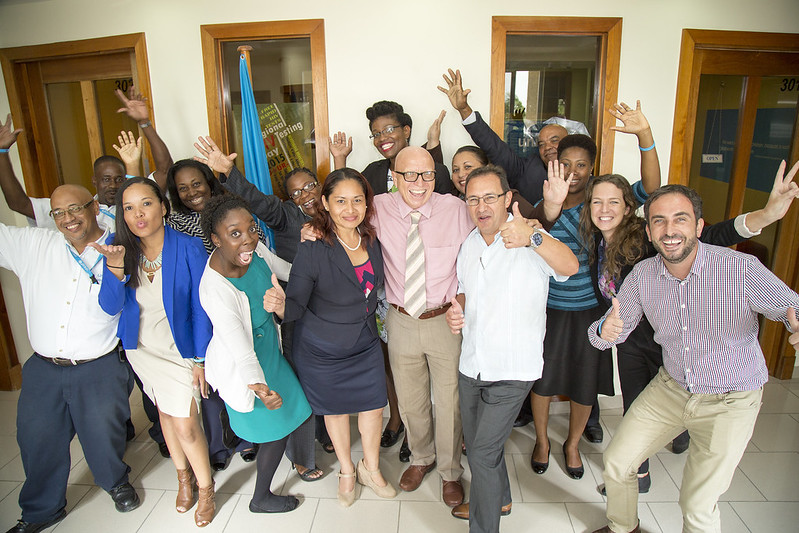
Last week was a busy but extraordinarily fun week as we received a visit from the UNICEF Regional Director for Latin America and the Caribbean. He came to attend the opening of the first child-friendly Family Court in the country, a huge milestone in the child justice reform in Belize that will serve to protect children in contact with the justice system. With play rooms, interview rooms with video link technology, (protecting the child from having to testify facing their alleged attacker) and staff and social workers trained specifically on children’s rights – the new facility is a pilot project in a country with a fresh commitment to providing children in all districts with a justice system that protects them and respects their rights.
Supporting in organizing this big event was a great honour, and I am proud of being part of this office and of sharing common goals with colleagues and partners who have worked tirelessly to make this a reality. The Regional Director stayed for two and a half days, and we visited several projects during his visit. We visited a couple of schools and the UNICEF supported Restore Belzie violence prevention programmes that organize steel pan playing classes to give youth in the violent southern parts of Belize City something fun and positive to do with their free time. We also organized a welcome cocktail for the Regional Director on the day of his arrival, where he got to meet some of our partners.
As the inauguration of the child-friendly court was held in the south of the country in one of our target districts, Toledo, we took the opportunity to visit some of our partners there. We visited an intersectoral Early Childhood Development initiative, jointly led by several ministries, providing parents in rural communities with advise for health, nutrition and ECD stimulation for their youngest. We also watched a friendly game between girl football teams and boy teams that participate in TIDE’s Freshwater Cup in Punta Gorda. This is a sports for development initiative, again aimed at engaging young people in positive alternative activities, teaching life skills and reducing the risk of violence in the communities.
At the last day of his visit, the Regional Director went live on a nationally aired morning show and spoke about the child-friendly court opening, his time in Belize and children’s rights in the region, an hour later we held our last debriefing session and the Regional Director left the office after sharing some very valuable insights and advice.
And today, we just finalized the production of a mini documentary about the opening and the entire child justice reform in Belize. I’m having so much fun at the office right now!
(Don’t miss the video at the bottom of this post!)
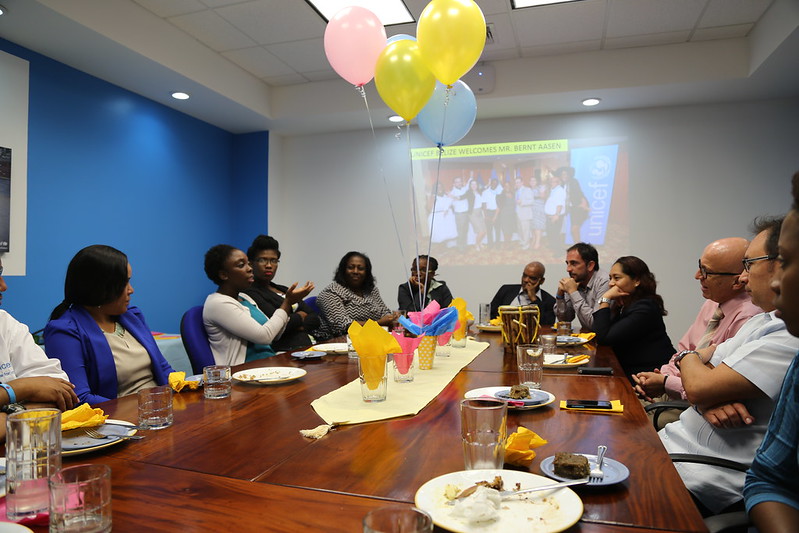


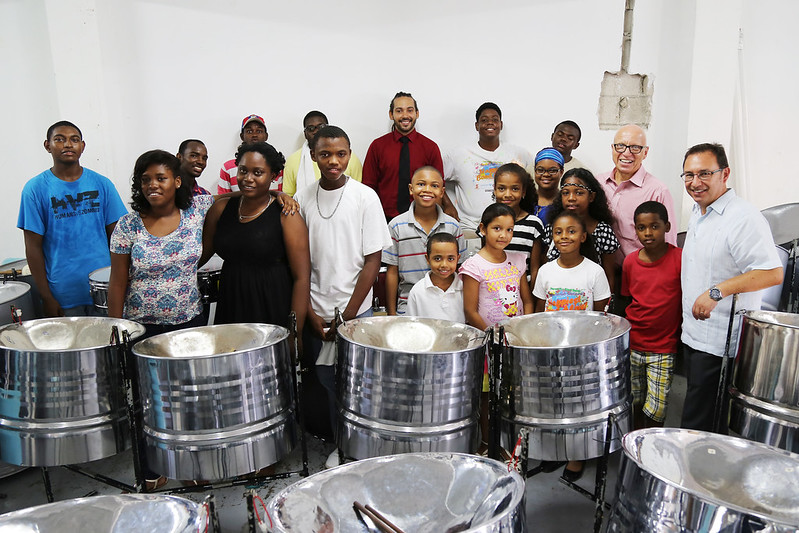
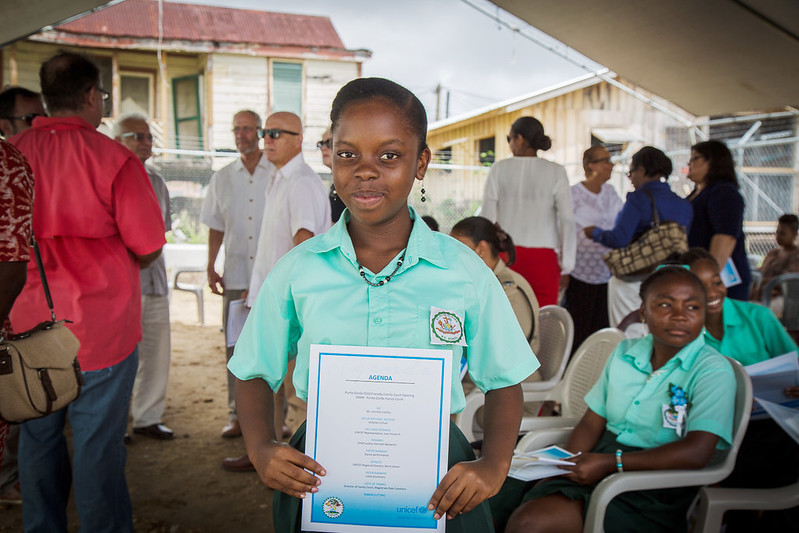
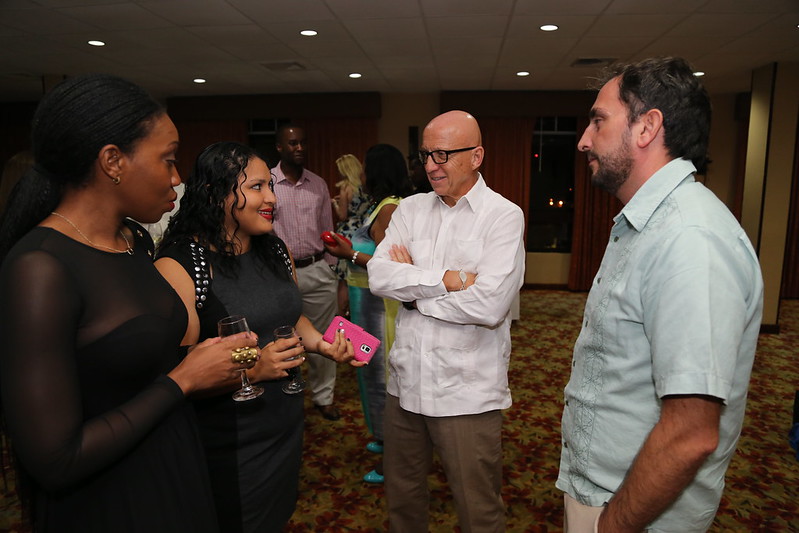
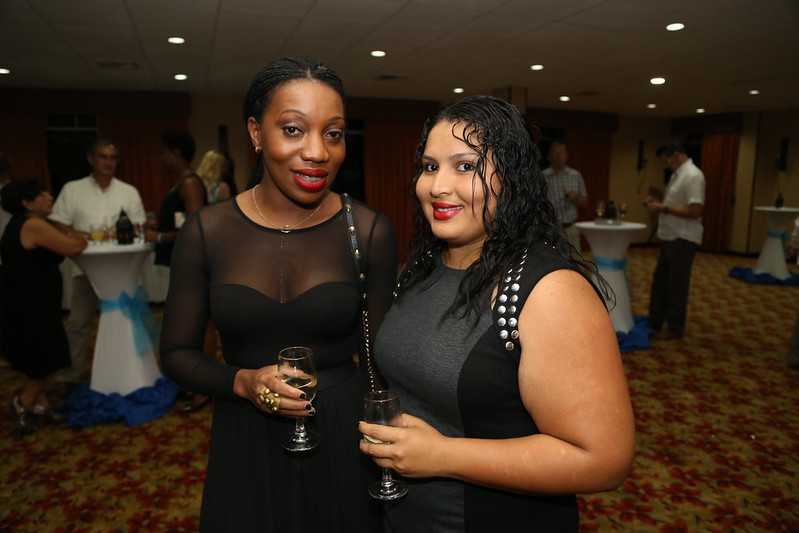



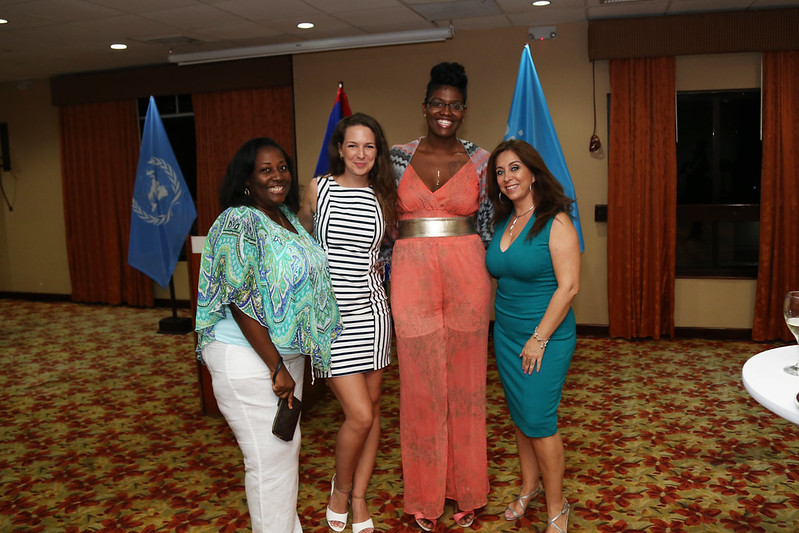

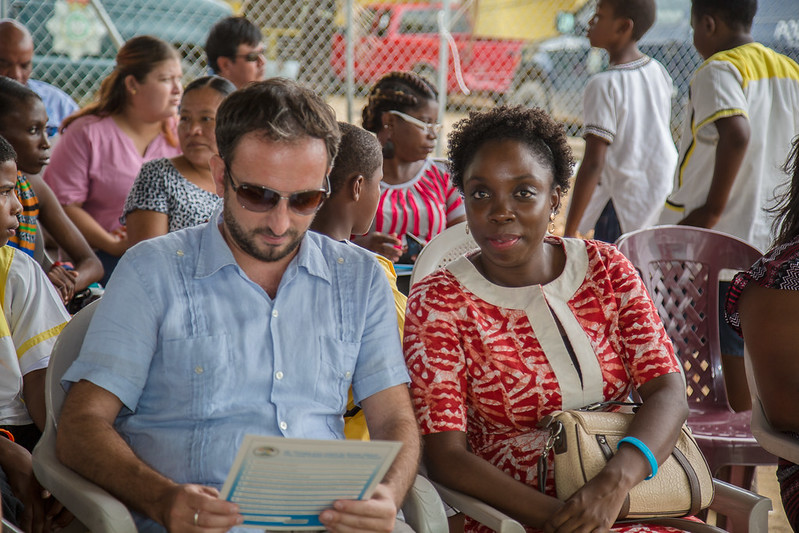
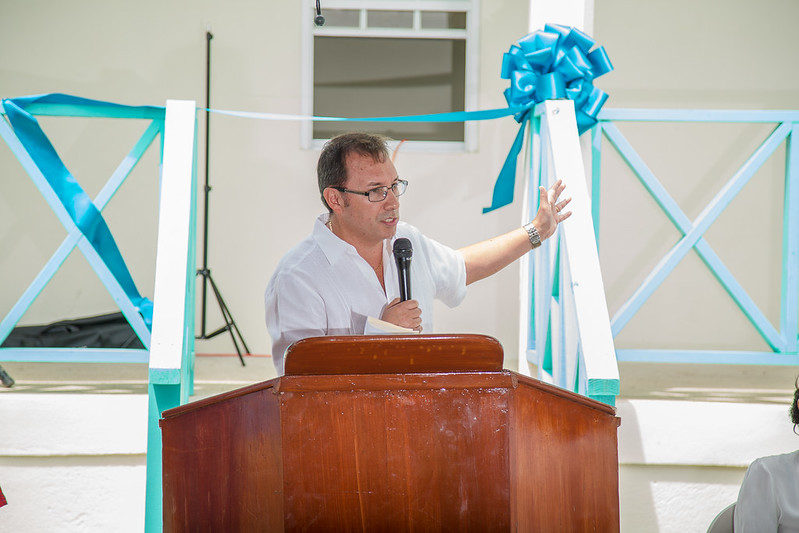


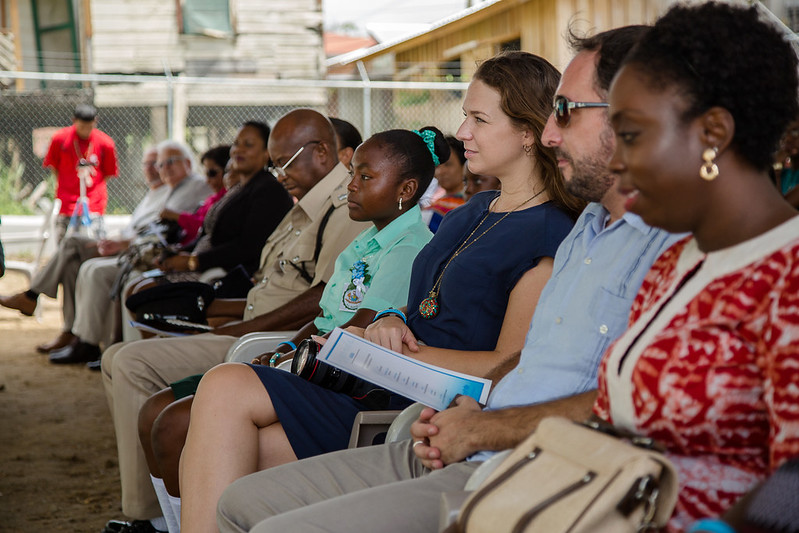
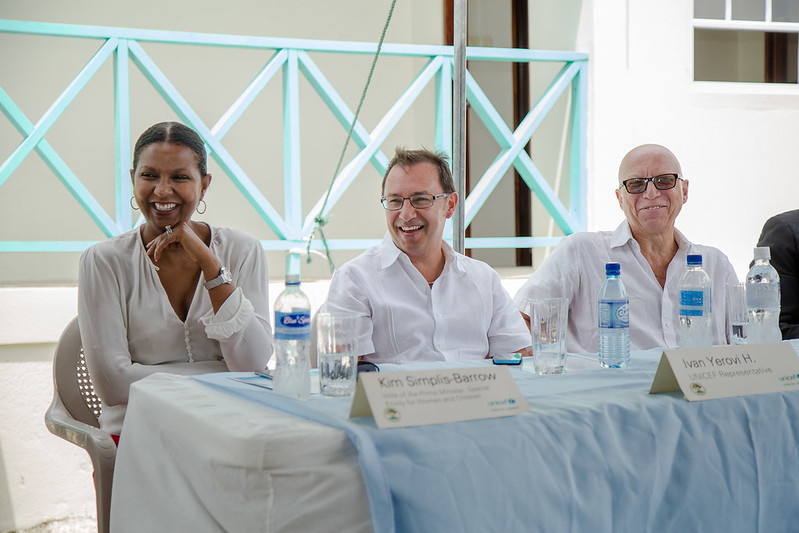
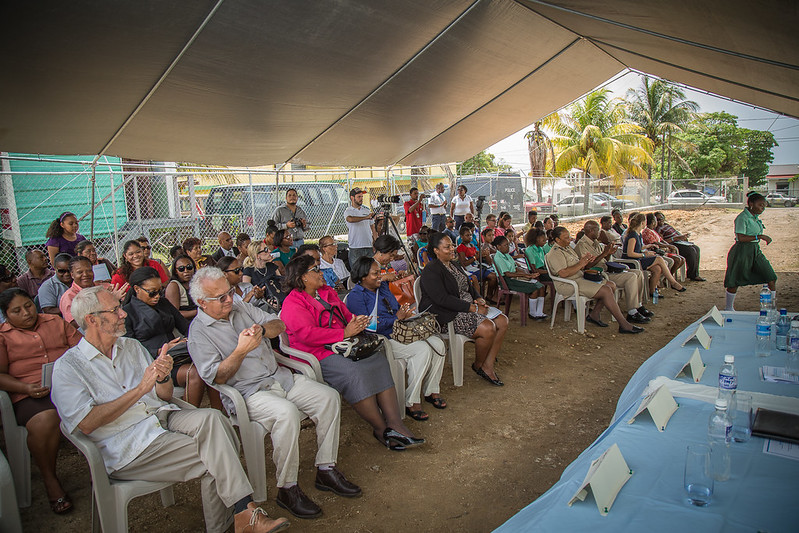

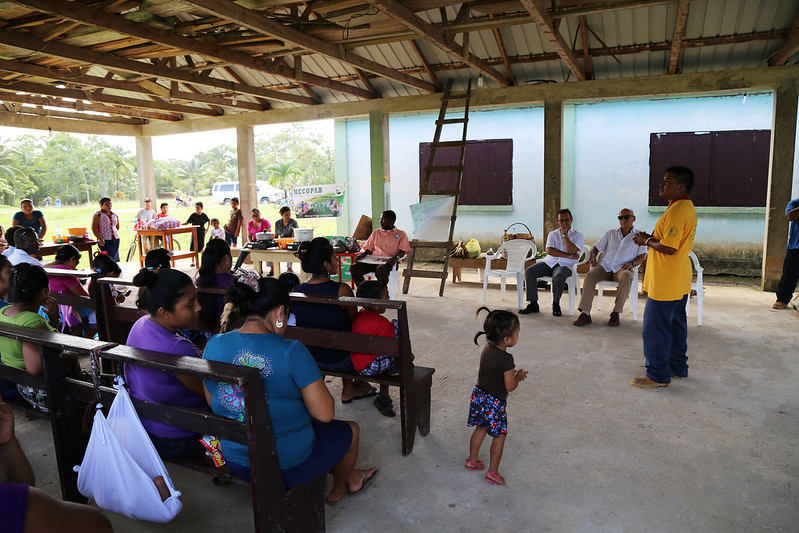
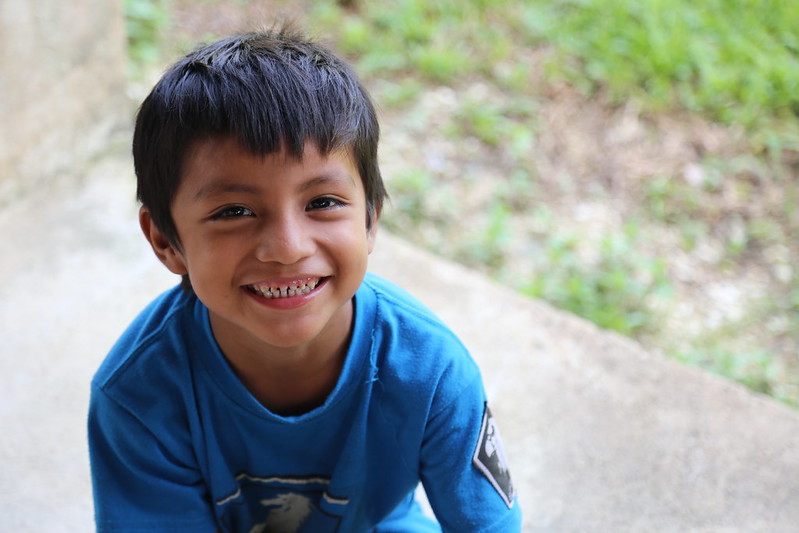

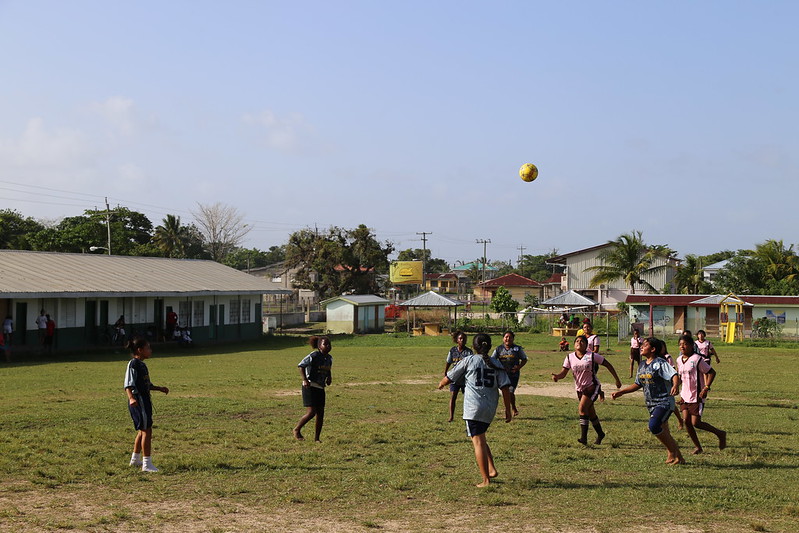
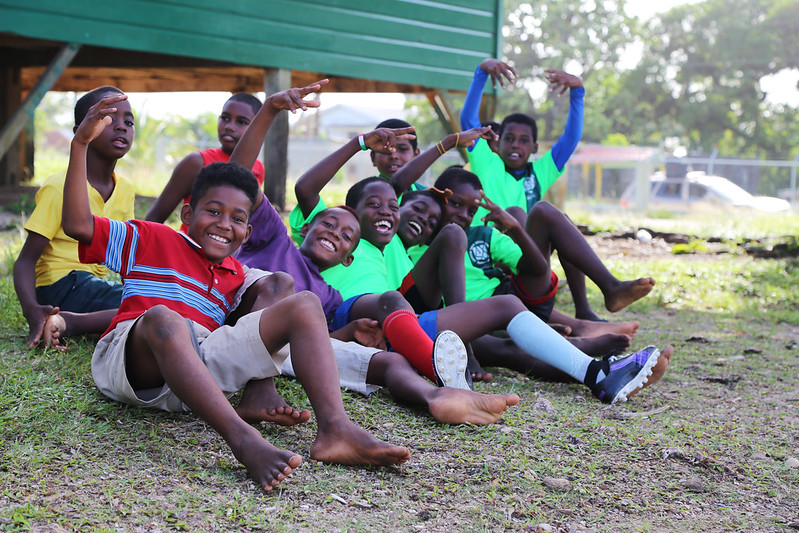



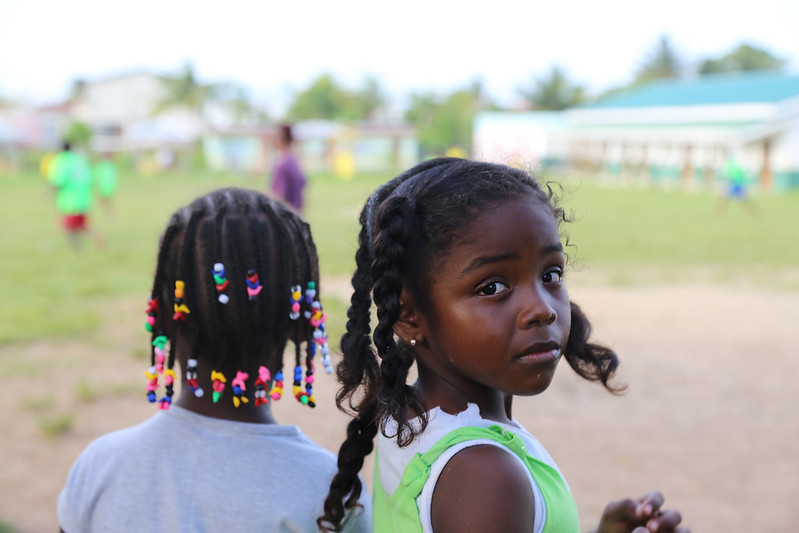

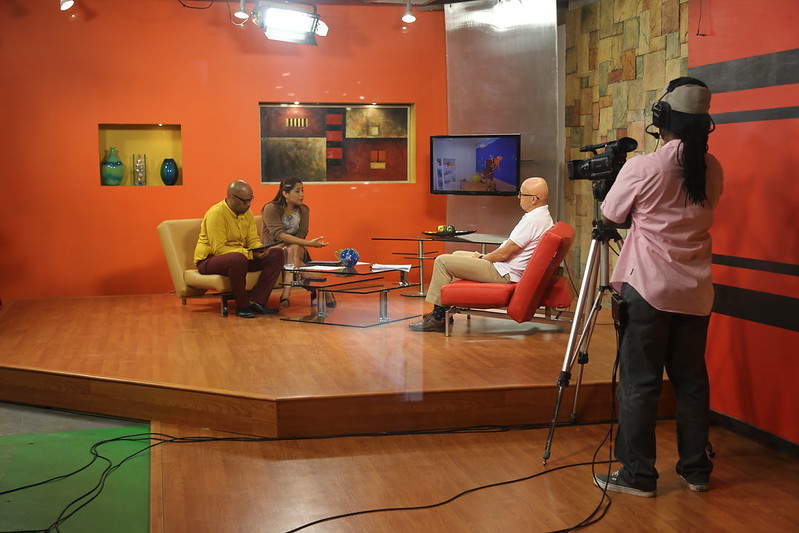
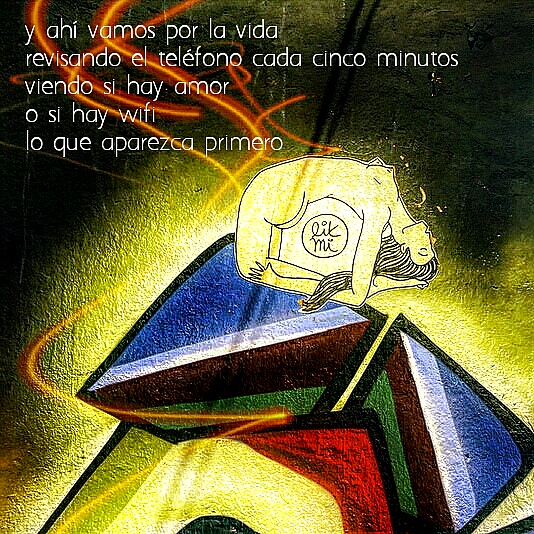
Photo from Bogotá, Colombia. January 2014.
Quote from unknown.

Here are some photos from a workshop I facilitated in May as part of UNICEF’s support to the Belize Special Envoy for Women and Children.
It was a fun exercise where we tested the information booklet that the Special Envoy’s office has developed about Children’s Rights, and I got free hands to use different methods with children in two different school in Belize City – one public school and one private school. The aim was to hear from the children what they thought of the book and if the messages were clear, to see how the book can be used in a more interactive and participatory way, and to hear from them about any suggestions, ideas or changes to the content – and to let them decide on its final name. My favourite part was when we were talking about the rights of children with disabilities, and we played a game where the children were split into teams and I asked them to come up with something fun to do with a girl who had volunteered to be in an imaginary wheel chair – the teams started off with simple hand clapping and word games, but we spoke a bit more about things such as the paralympics and other people that the children had seen on TV or elsewhere, and soon enough the kids decided that children with disabilities can be involved more complicated games as long as everybody helps out and participates.
“I really liked to play hide and seek with the last team, they made me feel like I was an important friend to them and like it didn’t matter that I was in a wheel chair. I think we should talk about this more at school.”
Working on communication tools and strategies and campaigns with partners and professionals is one thing, but getting to actually listen to children, play with them, and understand their reality – now that’s where the real value is in understanding the situation and those crucial little details in a cultural context. C4D, I’m forever your fan.

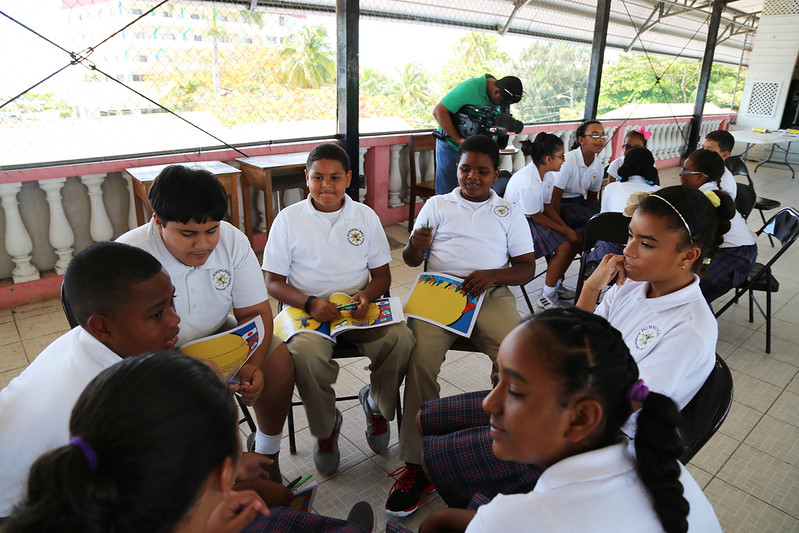
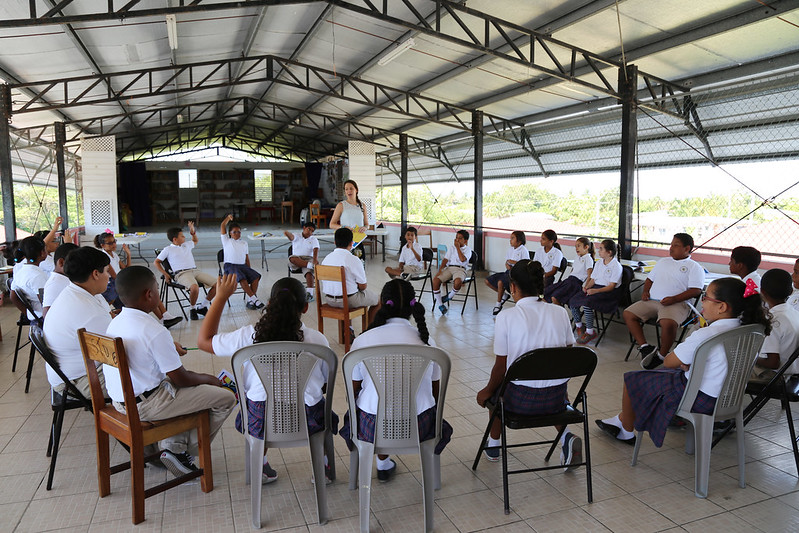


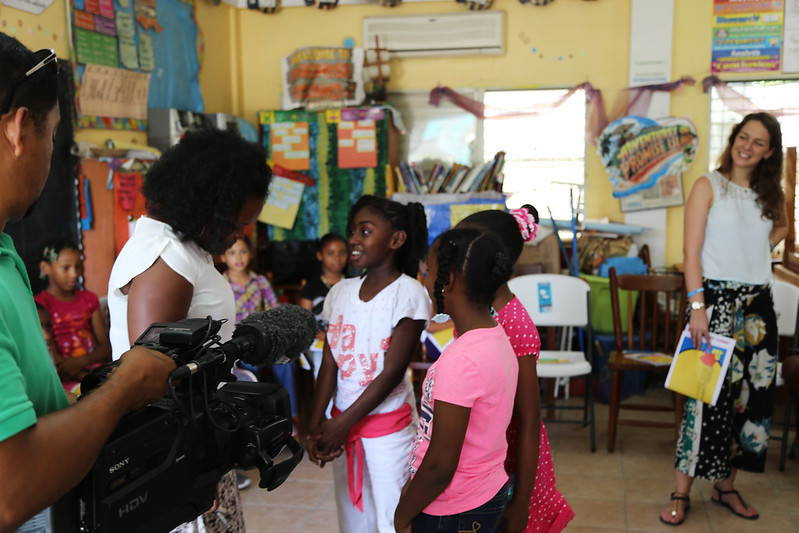


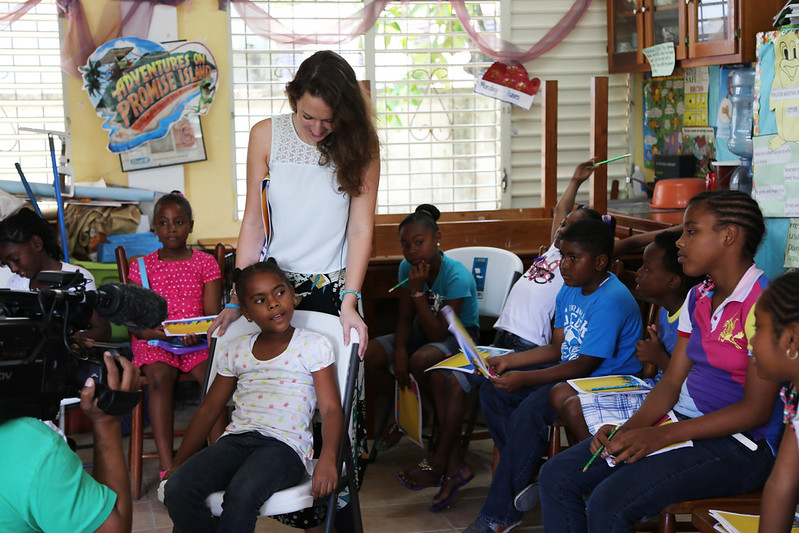
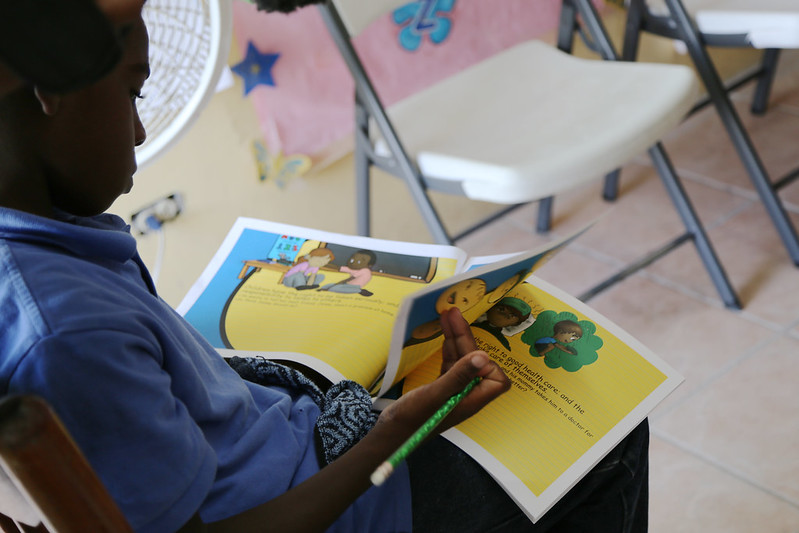
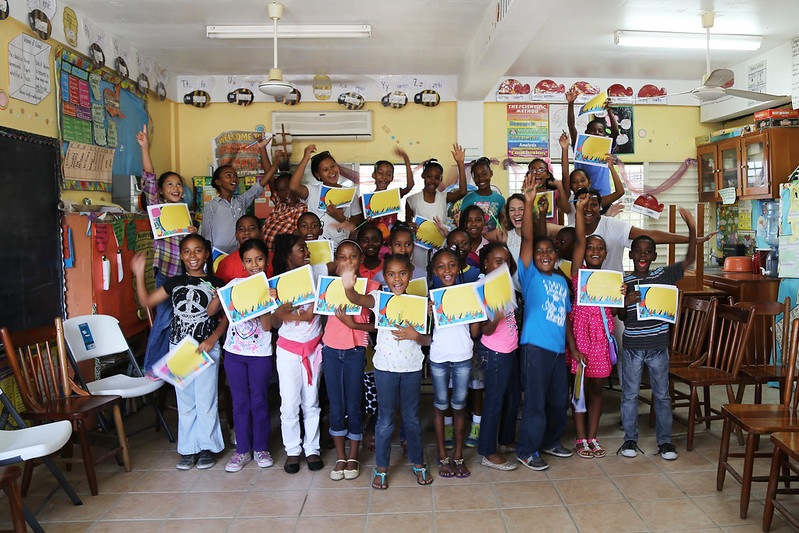

As much as I’m completely against using animals in circuses and zoo’s and other ways where their sole purpose is to serve as entertainment or slavery for humans, I’m a sucker for animals and think its important for children to see and understand the richness of nature and beauty of different species. That’s why in-between solutions, like the Belize Zoo or the Na’ankuse park in Namibia, work for me. The Belize Zoo is more of an animal shelter/sanctuary than a zoo, and they claim that most of their animals were found wounded or in the homes of criminals who at some point had stolen them from the jungle or used them to make movies. While I’m not completely convinced that this is the case for all the animals, I did notice that the zoo was very rich in vegetation and that the cages were spacious and well kept. All over the zoo, there were also reminders to respect animals, care for the environment and stop illegal hunting, and the Belize Zoo is also called the Belize Zoo and Tropical Educational Center.
On their website, they write the following:
The Belize Zoo was started in 1983, as a last ditch effort to provide a home for a collection of wild animals which had been used in making documentary films about tropical forests.
Shortly after the backyard “zoo” began, it was quickly realized that its Belizean visitors were unfamiliar with the different species of wildlife which shared their country. This very aspect fomented the commitment to develop the little zoo into a dynamic wildlife education center.
Today, The Belize Zoo and Tropical Education Center is settled upon 29 acres of tropical savanna and exhibits over 170 animals, representing over 45 species, all native to Belize. The Zoo keeps animals which were orphaned, rescued, born at the zoo, rehabilitated animals, or sent to The Belize Zoo as donations from other zoological institutions.
For me, the visit was very impressive and most animals were active and not very shy. Apparently the Zoo works with rehabilitation of Jaguars who have been shot or caught attacking farms, and these animals are then sent to other zoo’s in the world. Before they do that, however, they teach the naturally very aggressive animals to trust humans and be calm and even do high-fives for food. At that last part of the story that the zookeeper was telling, I cringed. Jaguars are not supposed to do high-fives, but I guess the other option here is to let them get shot. “When a jaguar starts attacking farms it means it’s too weak to hunt in the jungle, sooner or later it will either kill a human or get shot by the villagers.”
Anyway, I’m getting a bit too serious with this – the Zoo was beautiful, and the animals were very impressive. Especially the Toucans. I had never seen toucans up close before, and the texture of their skin, the fineness of the coat, the colours and polished surface of the beak, everything about them looked absolutely magical. I’m a huge fan of toucans now.

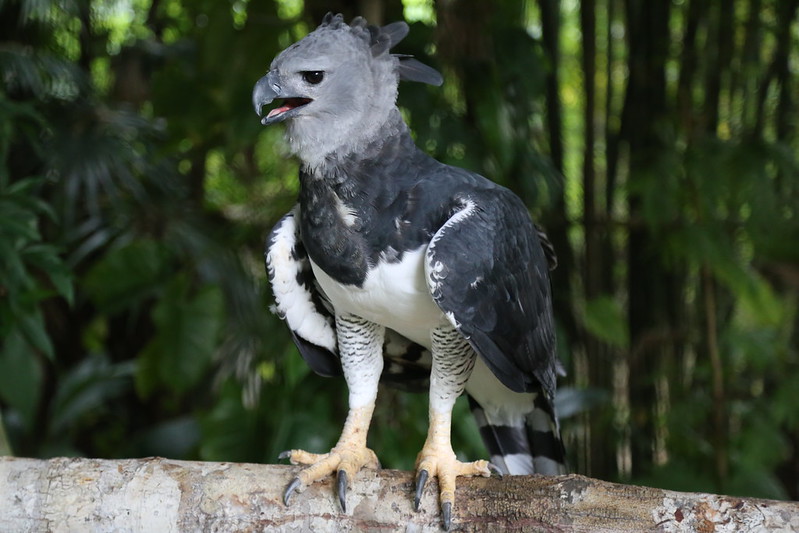

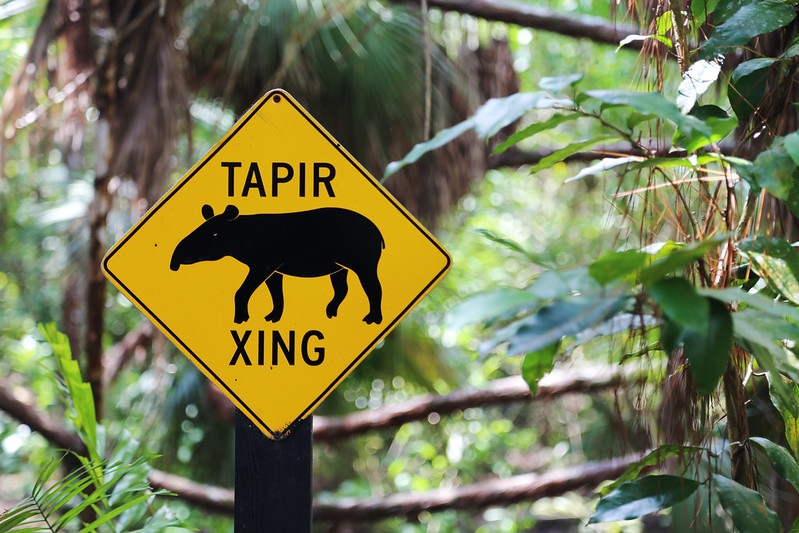
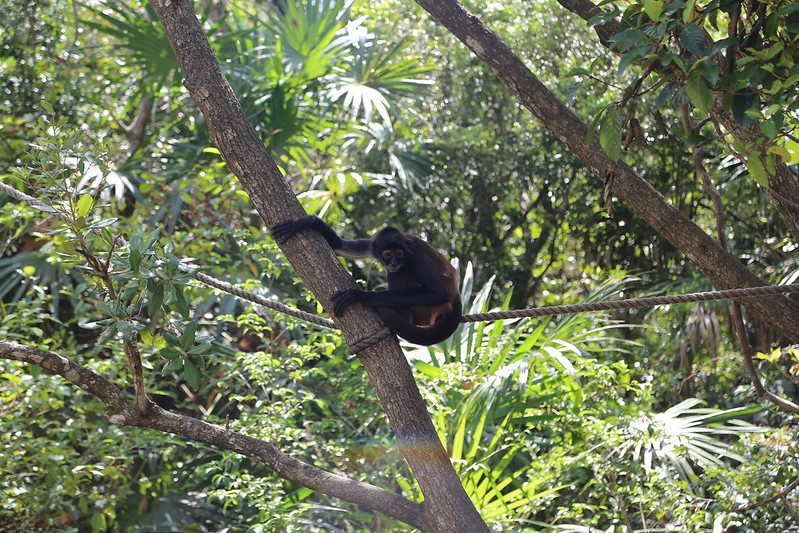
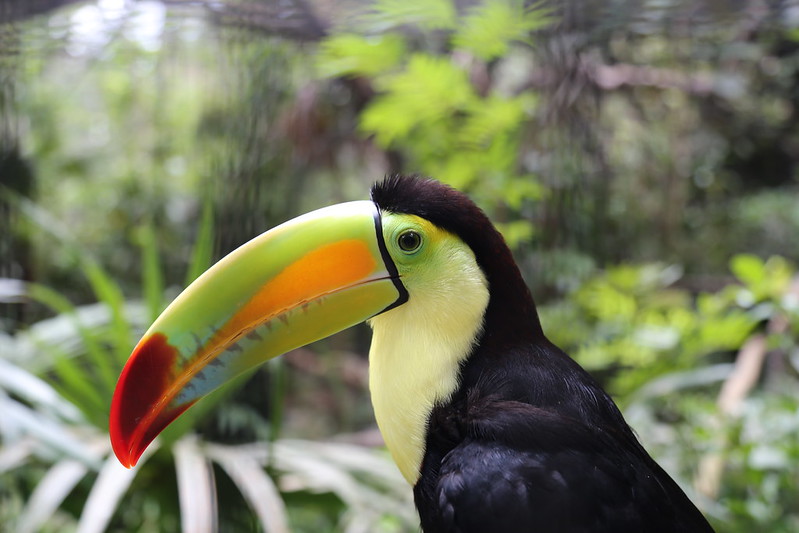
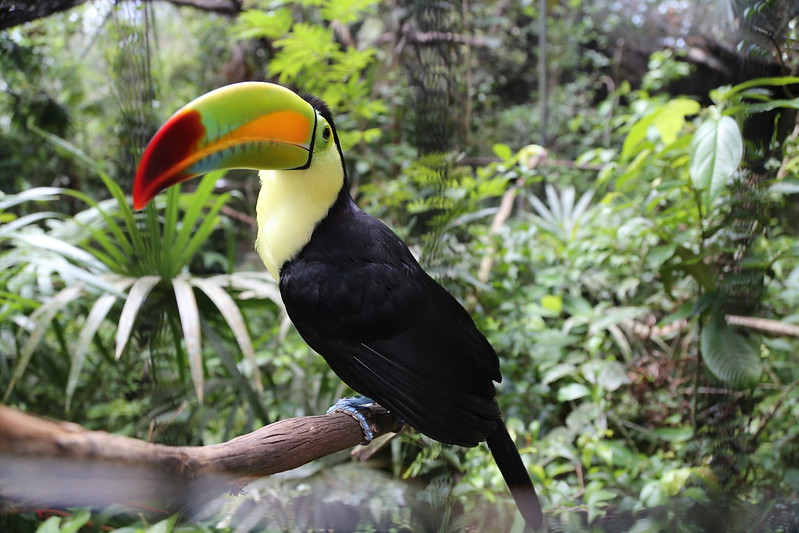
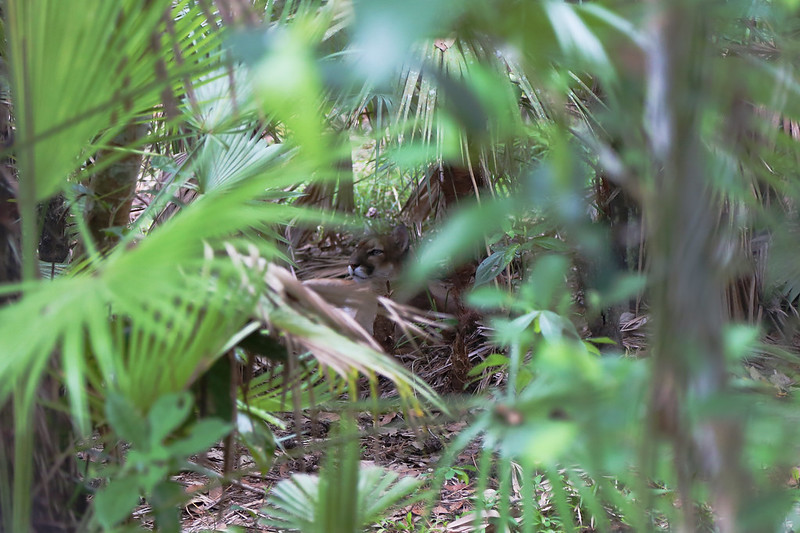
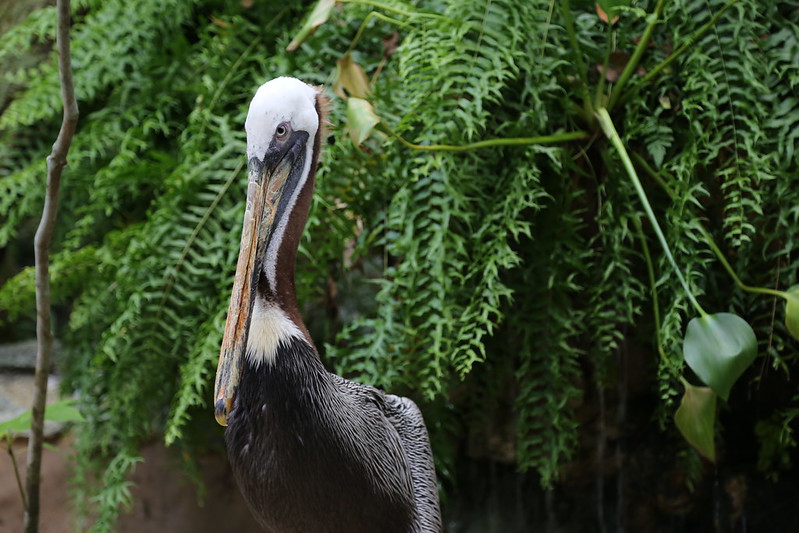
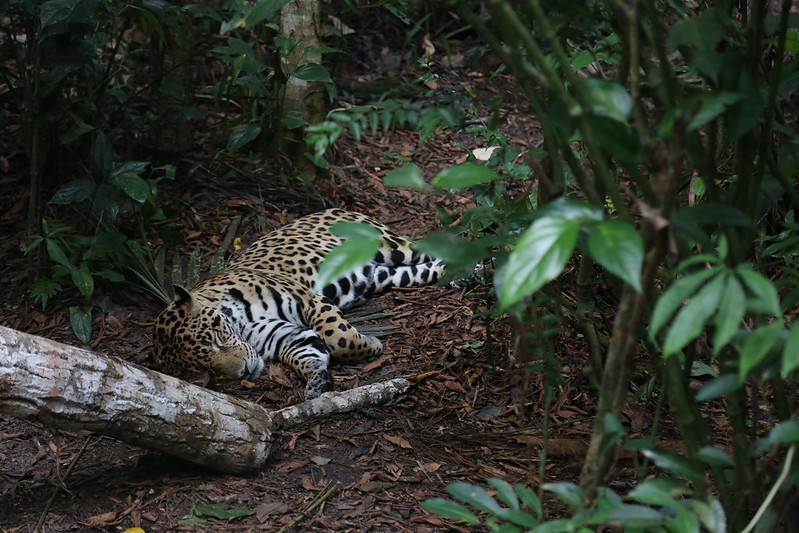

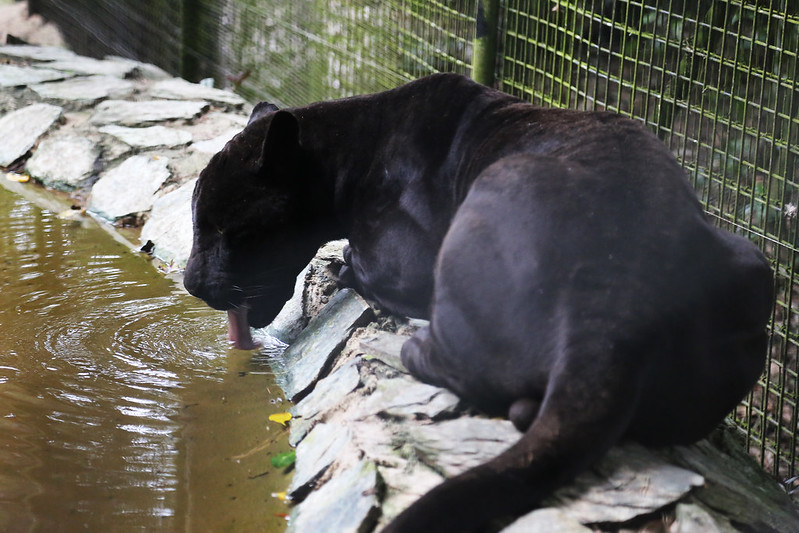
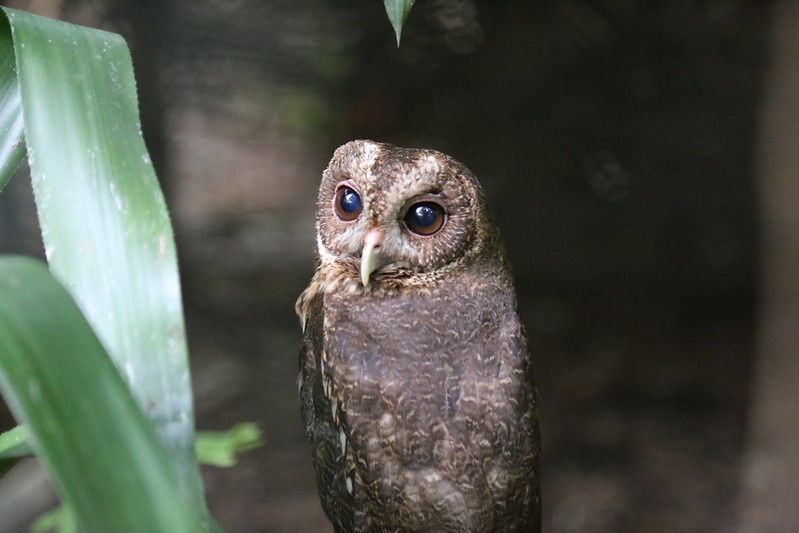
The zoo is open from 8.30am to 5pm, and the entrance fee is 15BZD (7.5USD) for foreign adults and 7BZD for Belizean adults. It’s a 30 minute drive from Belize City on the way to Belmopan and I think it’s worth a visit.
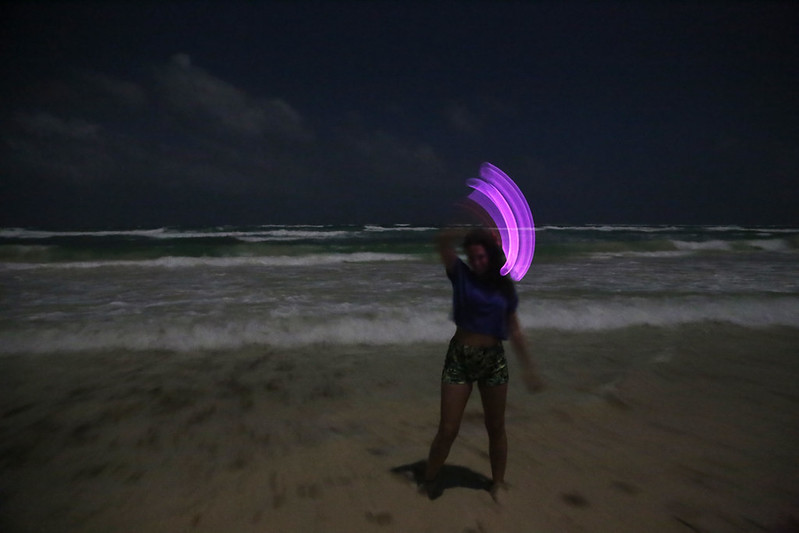
Turn your lights off and take your mind for a 30 minute walk with this fresh-out-the-box EP by Alina Baraz and Galimatias, it’s called Urban Flora and it’s beyond sexy.
Alina Baraz & Galimatias – Urban Flora EP
Released on May 20th, 2015